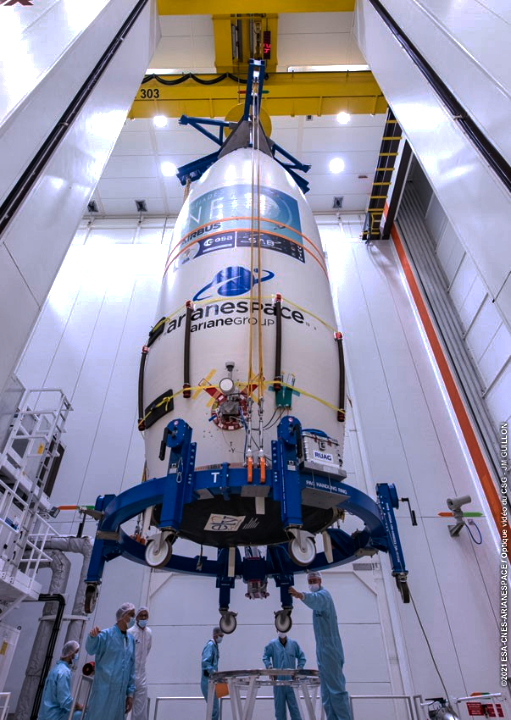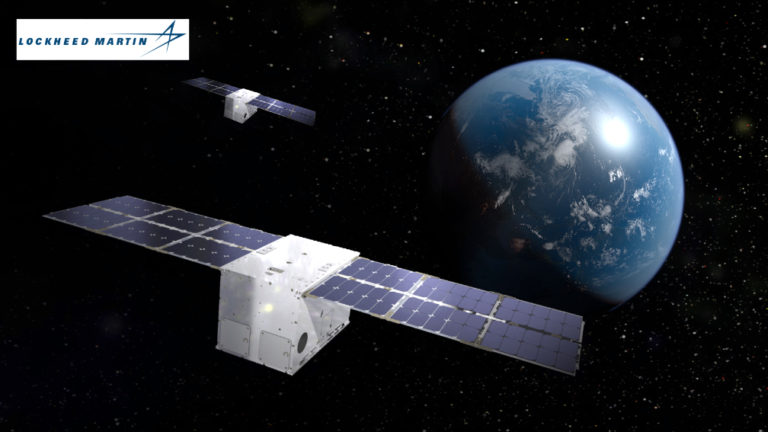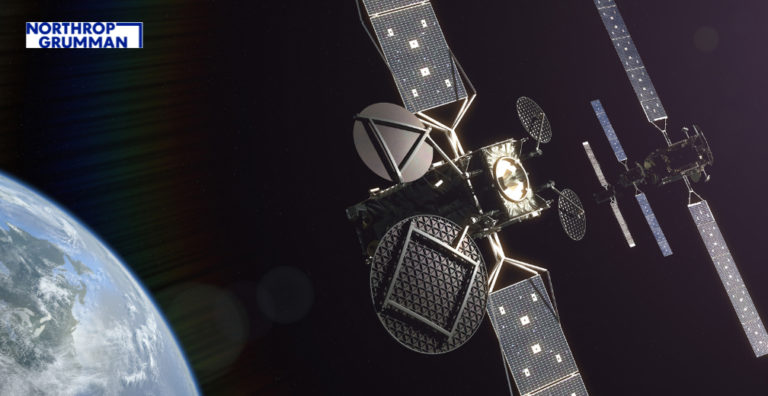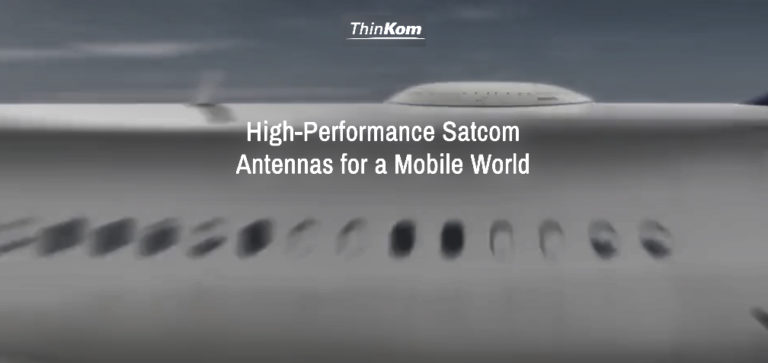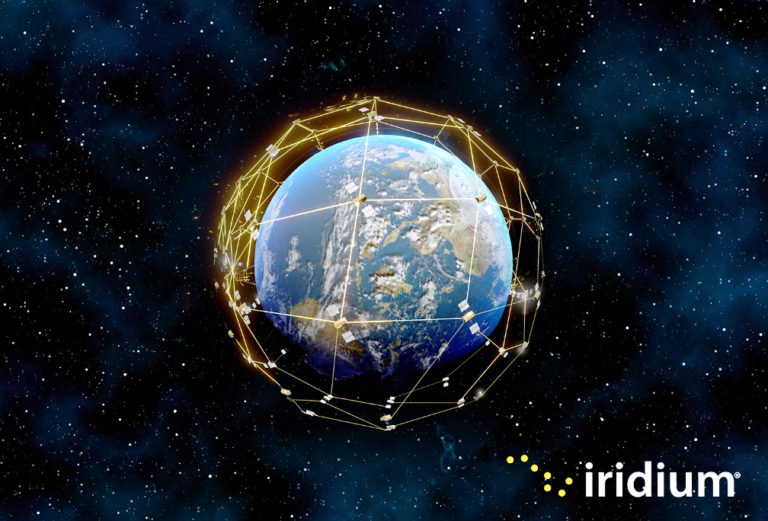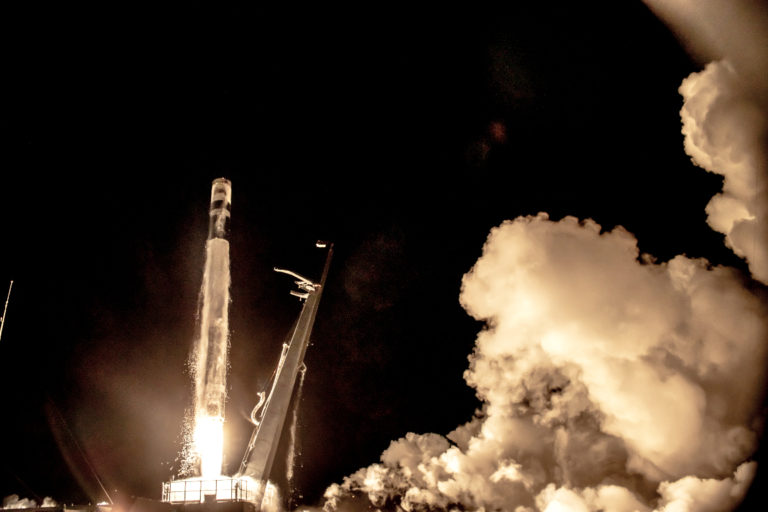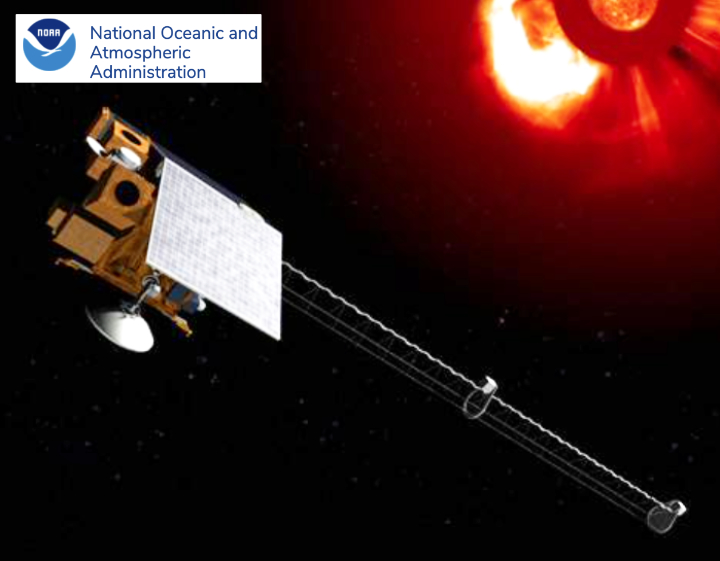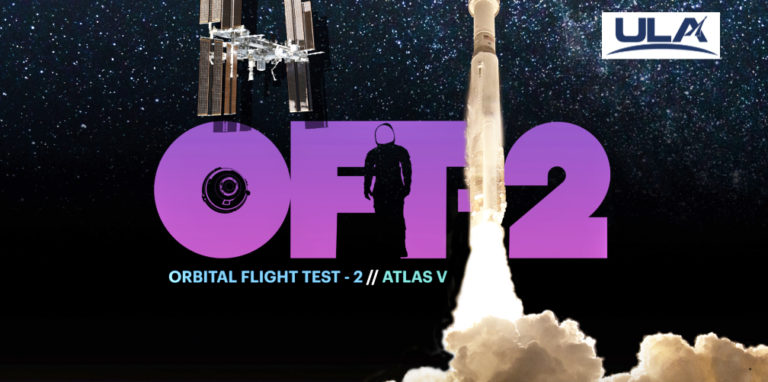FEATURED
The best of SatNews—essential reads, standout reporting, and hand-picked stories worth your time.
Vega Mission’s Airbus’ Pleiades Neo 4 EO Satellite To Launch With Four Auxiliary Spacecraft
Arianespace's upcoming Vega launch, scheduled for August 16, 2021, will orbit Pleiades Neo 4, the second, very high-resolution satellite that is part of the new Airbus Defence and Space's Earth Observation (EO) constellation. Vega Flight 19 (VV19) will also deploy ...
The Lockheed Martin LINUSS™ Smallsats Are Ready For Launch
Lockheed Martin’s (NYSE: LMT) In-space Upgrade Satellite System (LINUSS) completed environmental testing and is ready for launch later this year, demonstrating how small cubesats can regularly upgrade satellite constellations to add timely new capabilities and extend spacecraft design lives. LINUSS ...
Planet Enters Into A Multi-Year, Multi-Launch Agreement With SpaceX
Screen capture of augmented reality display of Planet Dove smallsat, courtesy of World Economic Forum. Planet has announced a multi-year, multi-launch agreement solidifying SpaceX as the firm's go-to-launch provider through the end of 2025. The first planned launch under this ...
Astra Sets Their First USSF Smallsat Launch From The Pacific Spaceport Complex In Kodiak, Alaska
Astra Space, Inc. (“Astra”) (Nasdaq: ASTR) has announced a launch window that starts on August 27, 2021, for the company's first commercial orbital launch with the United States Space Force. Following this launch, Astra is under contract to perform a ...
A First For Rocket Lab As Their Spacecraft Will Be Enroute To The Moon Via NASA’s CAPSTONE Smallsat Mission Launch
Rocket Lab will launch the CAPSTONE mission to the Moon from Launch Complex 1 in New Zealand from Q4 2021 — this will be Rocket Lab’s first launch to the Moon. CAPSTONE (the Cislunar Autonomous Positioning System Technology Operations and ...
CDR For Next-Gen OPIR GEO Mission Payload Successfully Completed By Northrop Grumman + Ball Aerospace
Northrop Grumman Corporation (NYSE: NOC) and Ball Aerospace have successfully completed the Critical Design Review (CDR) for the Next-Generation Overhead Persistent Infrared (Next-Gen OPIR) Geosynchronous (GEO) mission payload. The completion of the Next-Gen OPIR subsystems and payload CDR meets aggressive ...
UPDATE 4: Still A ‘No Go’ For ULA’s Launch Of The Boeing Starliner
United Launch Alliance will not be proceeding with a launch of the Boeing Starliner today as had been previously indicated. The launch team has cycled the Service Module propulsion system valves and is not going to rush in gathering the ...
Lt. General John F. Thompson Retires From U.S.A.F. Active Service At The Space & Missile Systems Center, L.A.F.B.
U.S. Air Force Lt. Gen. John F. Thompson, Space and Missile Systems Center commander and Department of the Air Force Program Executive Officer for Space, speaks during his retirement ceremony at Los Angeles Air Force Base, California on July 27, ...
ThinKom + Telesat Agree To Integrate Ka-Band Antennas On The Lightspeed™ Satellite Network
ThinKom Solutions and Telesat are teaming together to collaborate on the integration of ThinKom’s Ka2517 aeronautical antennas with the advanced Telesat Lightspeed™ LEO satellite broadband network. The two companies will work together to facilitate operations of the Ka2517 antennas on ...
A Trio Of Regulatory Approvals For Iridium® SATCOM In Japan For Aircraft, Ships + Vehicles
Iridium Communications Inc. (NASDAQ: IRDM) has announced that Japan’s Ministry of Internal Affairs and Communications (MIC) has approved regulatory amendments necessary to allow for Japanese adoption of Iridium Certus® broadband, Iridium Controller–Pilot Data Link Communications (CPDLC) and other aeronautical services ...
Flight VA254 Successfully Launched By Arianespace, Lifting Star One D2 + EUTELSAT QUANTUM To Their Assigned Orbits
Photo of the launch of the VA254 launch is courtesy of Arianespace. On Friday, July 30, between 09:00 and 10:30 p.m. UTC, the Ariane 5 VA254 flight successfully placed two satellites in orbit from the Guiana Space Center (CSG): Star ...
NASA Prepares Three More CubeSat Payloads For Their Artemis I Mission
Two more secondary payloads that will travel to deep space on NASA's Artemis I mission were integrated for launch on July 23 and another payload is ready for installation at the Kennedy Space Center in Florida. These cubesats are roughly ...
UPDATE: USSF’s Monolith R&D Smallsat Launched Via Rocket Lab’s Electron Rocket
Rocket Lab's ‘It’s a Little Chile Up Here’ mission lifts off from the company's Complex 1. Photo is courtesy of the company. Rocket Lab has successfully launched a research and development satellite to orbit for the United States Space Force ...
Ball Completes The PDR For NOAA’s SWFO-L1 Spacecraft… On To the Critical Design Phase
Artistic rendition of the Space Weather Follow On Satellite. Image is courtesy of Ball Aerospace. Ball Aerospace has successfully completed the Preliminary Design Review (PDR) for the National Oceanic and Atmospheric Administration’s (NOAA’s) Space Weather Follow On-Lagrange 1 (SWFO-L1) spacecraft ...
Satellite Telemedicine Solutions For Monitoring COVID-19 Patients Being Developed By Leaf Space
Leaf Space is progressing with the launch phase of a new, innovative use of telemedicine via satellite for home monitoring of patients with COVID-19 as part of the CARES project led by the company and co-funded by the European Space ...
A Group Of Yaogan-30 Satellites Launched By China From The Xichang Satellite Launch Center
A Long March-2C carrier rocket carrying a new remote-sensing satellite group blasts off from the Xichang Satellite Launch Center in Xichang, southwest China's Sichuan Province, July 19, 2021. Photo is courtesy of Zhu Jihan/Xinhua. China successfully launched a new remote-sensing ...
United Launch Alliance Sets Boeing’s Starliner Sights On The ISS For A July 30th Launch
A United Launch Alliance (ULA) Atlas V rocket is in final preparations to launch Boeing’s CST-100 Starliner spacecraft on the second Orbital Flight Test (OFT-2) to the International Space Station (ISS). The launch is planned for July 30 at 2:53 ...
Kymeta Demos Seamless SATCOM Between LEO Smallsats, GEO Terminals + Their Own u8 Terminal
Kymeta has accomplished seamless interoperability between the Kymeta™ u8 terminal, Kepler Communications LEO satellites, and GEO SATCOM terminals at an annual military battle lab exercise focused on the integration of operations, intelligence and technology. Kymeta's u8 terminal. The u8 is ...
iRocket Signs Space Act Agreement With NASA To Start Building Autonomous, Reusable Rockets For Smallsats
On July 27, 2021, iRocket announced that the company signed a Space Act Agreement with NASA Marshall Space Flight Center in Huntsville, Alabama. iRocket is a New York startup building autonomous reusable rockets to cargo smallsat constellations to LEO via ...
D-Orbit Successfully Deploys All WILD RIDE Smallsat Mission Payloads
D-Orbit has successfully completed the deployment phase of their WILD RIDE mission. As part of this phase, D-Orbit’s ION Satellite Carrier (ION), the company’s proprietary space transportation vehicle, successfully deployed all six satellites hosted onboard and will now proceed with ...

